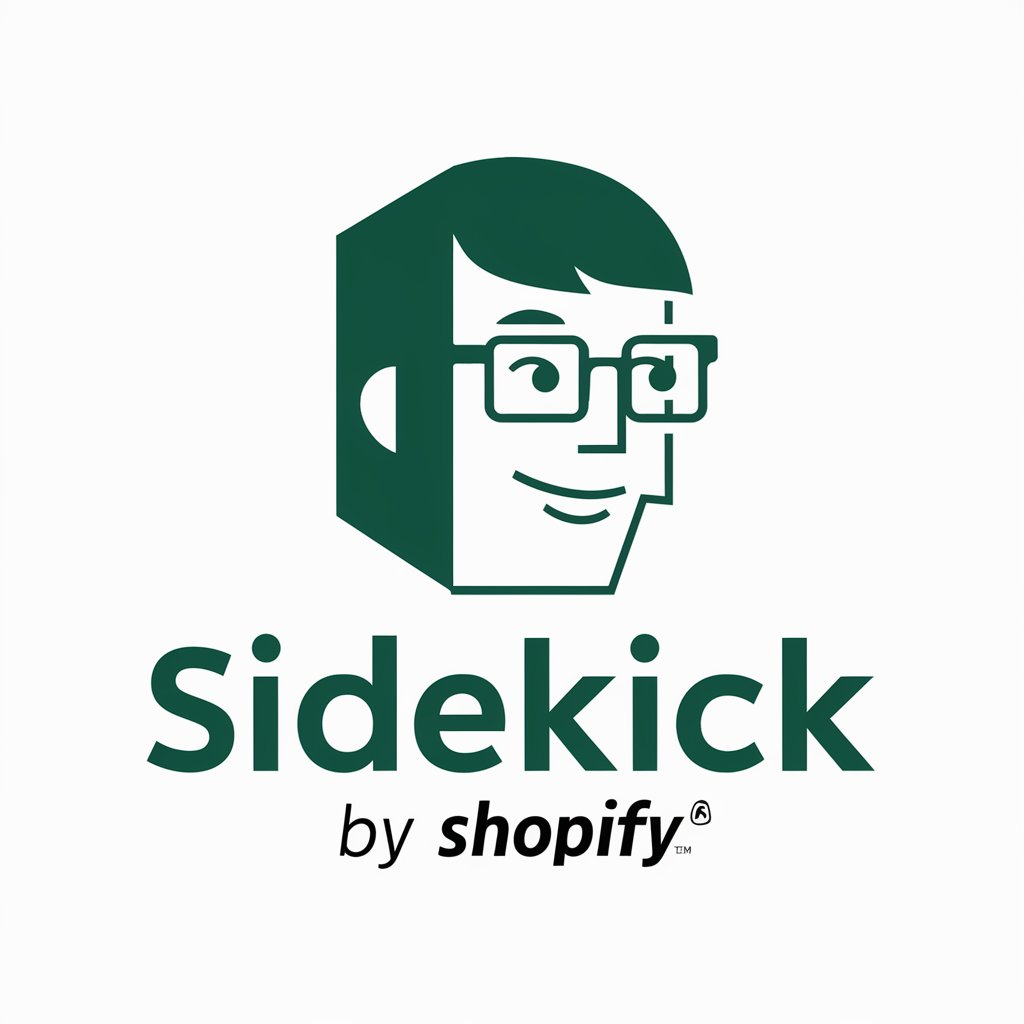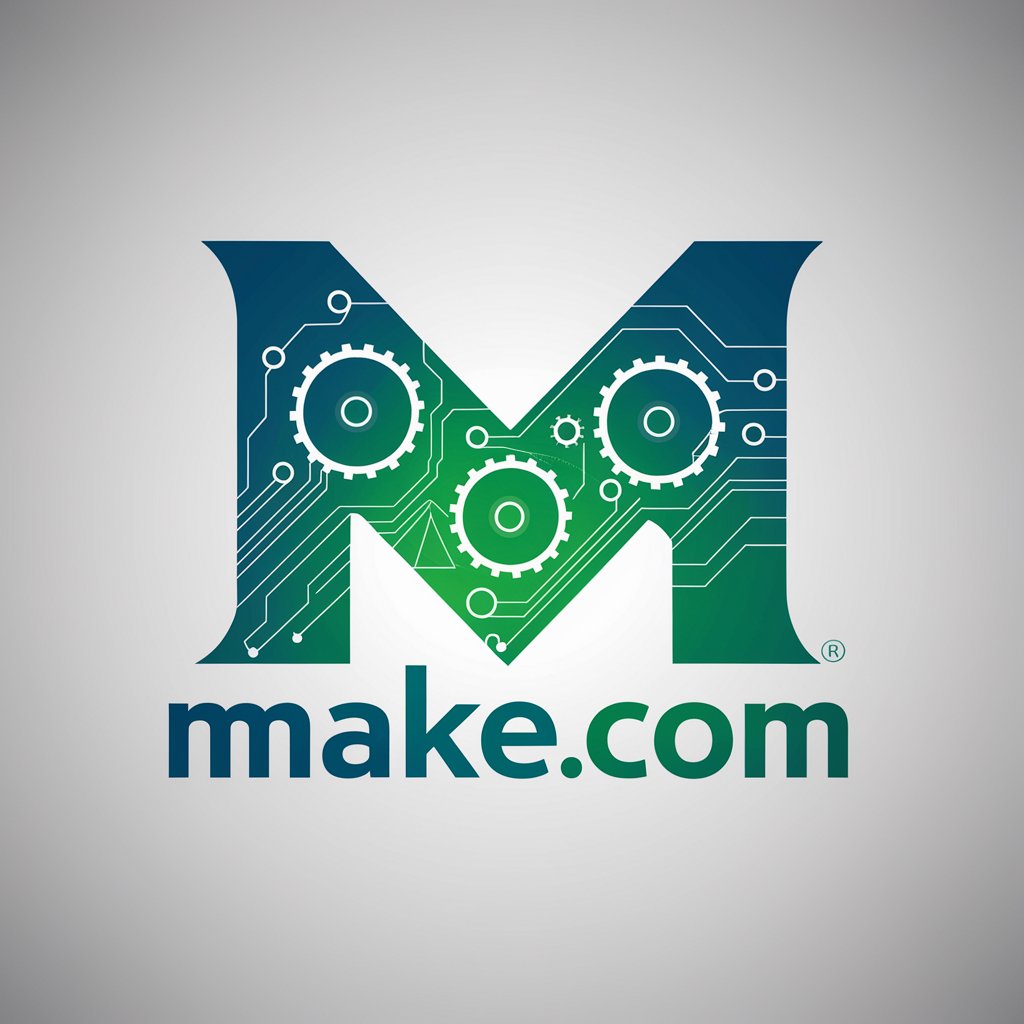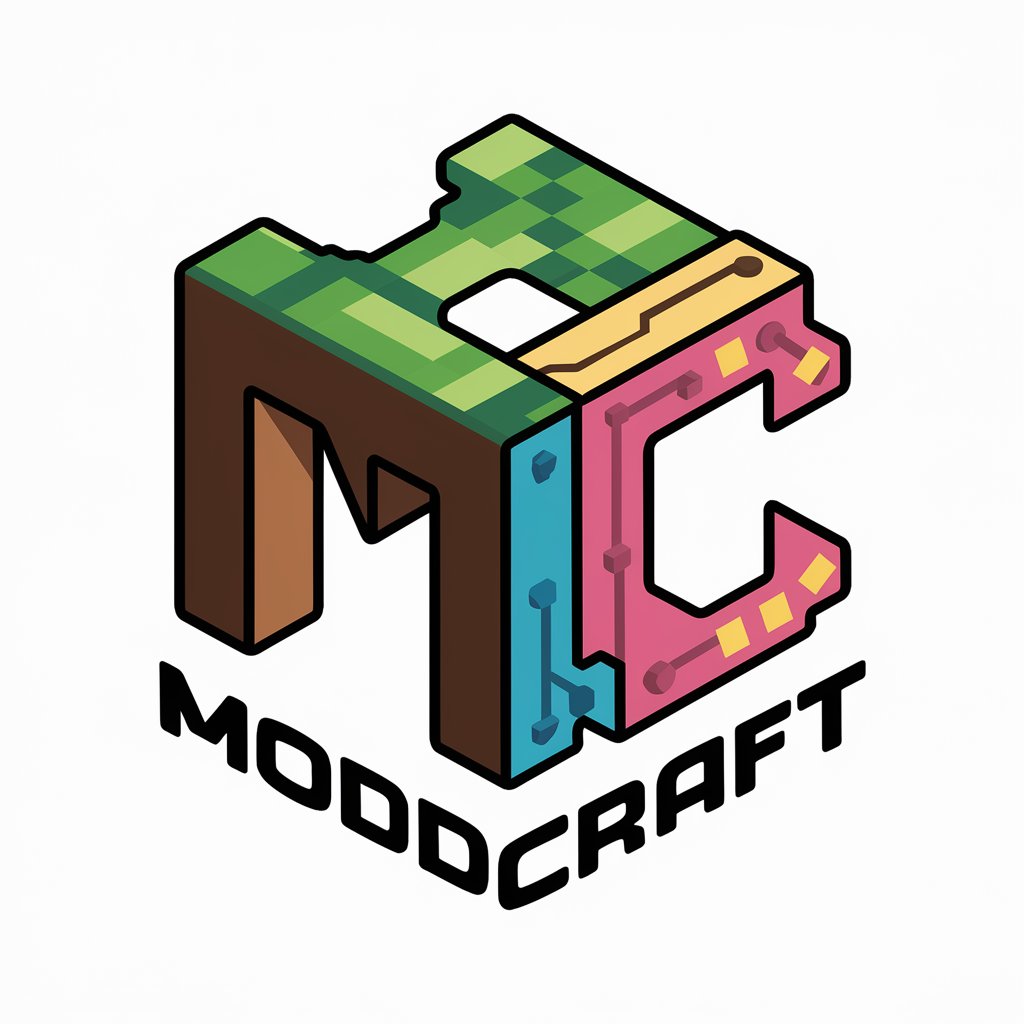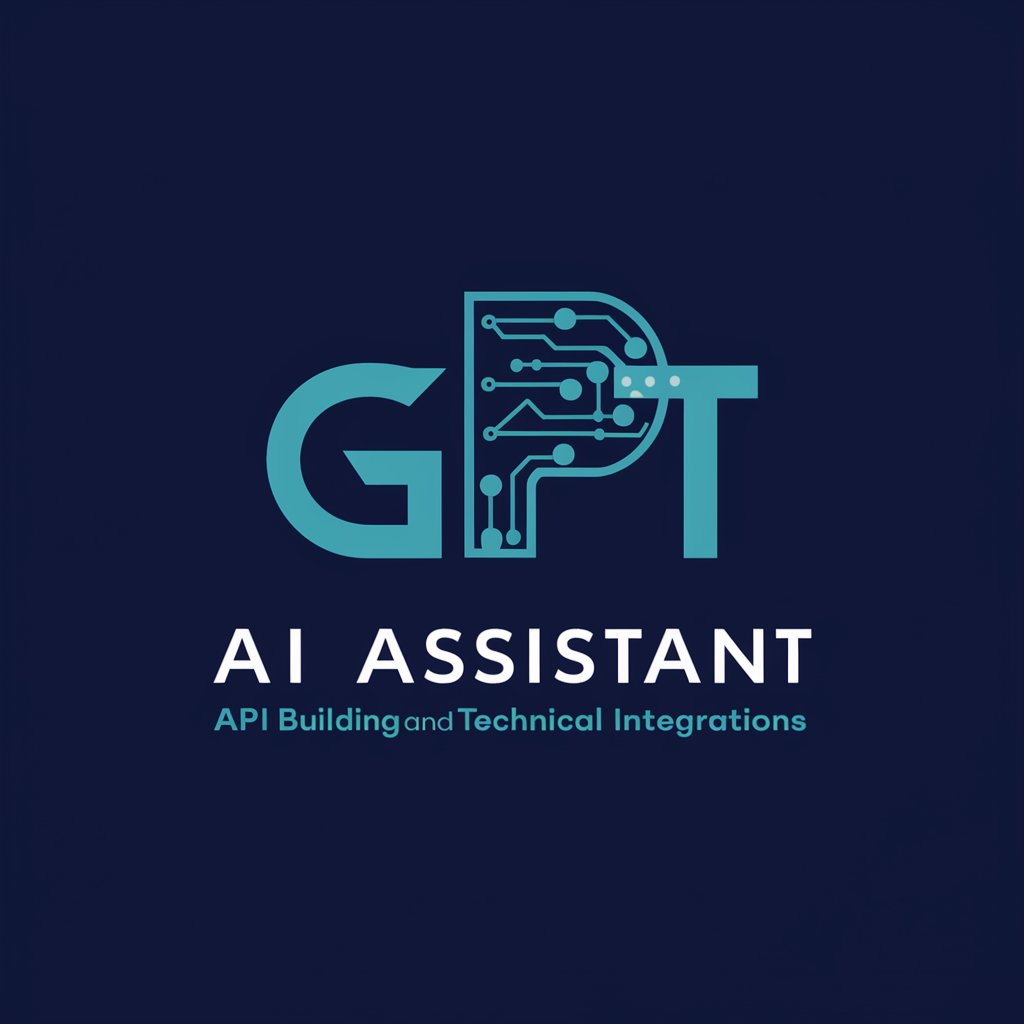
Create Make.com Webhook Schema's-tool for building Make.com schemas
AI-powered OpenAPI generator for Make.com

Connect ChatGPT with Make.com! This GPT helps with creating OpenAPI schema's to be copied and pasted into the "Actions" of other GPTs, so that you can trigger Make.com scenarios directly from ChatGPT. See the full tutorial here: https://youtu.be/x3t4TemsC
Hi! I would like to create a new make.com OpenAPI schema
Get Embed Code
Introduction to Create Make.com Webhook Schema's
Create Make.com Webhook Schema's is a service designed to streamline the process of building and customizing OpenCreate Make.com Webhook SchemaAPI specifications for Make.com webhooks. It focuses on simplifying the creation of APIs and defining webhook schemas tailored to various automation scenarios. The service aims to provide users with an easy-to-follow process for creating webhook schemas, ensuring they can efficiently integrate with Make.com workflows and automate data transfers between systems. Users can create API endpoints for different use cases, such as posting data to webhooks, triggering specific actions in third-party apps, or responding to data requests. The core functionality revolves around customizing these schemas for specific actions (such as creating invoices, adding records, etc.), making them adaptable to various business needs. For example, a user can create a schema to send customer information to a third-party CRM or post a new order to a fulfillment system.
Main Functions of Create Make.com Webhook Schema's
Webhook Schema Customization
Example
Creating a webhook schema for posting invoice data to Make.com.
Scenario
A user in a financial department needs to automaticallyCreate Make.com Webhook Schema send invoice details (e.g., customer name, amount, description) to an accounting system like Xero using a Make.com webhook. The schema defines the structure of the data (e.g., customer name as a string, invoice amount as a number) and specifies which fields are mandatory for successful integration. This schema will ensure that Make.com can interpret the data correctly and trigger the necessary actions.
Multi-step Integration Setup
Example
Setting up an automated process to create invoices in Xero after receiving data via a webhook.
Scenario
A company wants to automate invoice creation using Make.com. A webhook receives data from an external form (e.g., a billing system), and the schema is used to validate and post the information to Xero. This setup could involve multiple steps, such as verifying the data, checking for missing information, and triggering different actions based on the data (e.g., sending a confirmation email to the customer).
Flexible Data Validation and Required Fields
Example
Defining required fields such as 'customerName' and 'invoiceAmount' for a billing system webhook.
Scenario
A user needs to ensure that certain fields (e.g., customerName, invoiceAmount) are present when sending data through the webhook. The schema provides a way to define which fields are required, preventing errors or incomplete submissions. This ensures that the automation process works smoothly and consistently, reducing the likelihood of errors like missing data.
Ideal Users of Create Make.com Webhook Schema's
Developers and Technical Teams
These users benefit from Create Make.com Webhook Schema's because it allows them to define, customize, and manage webhook data structures in a clear, structured way. They need to integrate various third-party services or automate complex workflows, and the service provides an efficient means to design these integrations. Developers often work with APIs, and having a tool to simplify webhook schema creation directly supports their work by reducing coding complexity and time spent on repetitive tasks.
Business Operations and Automation Managers
This group includes users in charge of streamlining business operations through automation. They typically rely on platforms like Make.com to connect different apps and systems (e.g., CRM, accounting, email). Create Make.com Webhook Schema's helps them by providing an easy-to-understand way to set up and modify webhooks without deep technical knowledge. This enables them to create powerful workflows, automate data transfers between systems, and ensure operational efficiency while reducing human errors in routine tasks.
Small Business Owners
Small business owners, especially those without dedicated IT resources, can use this service to integrate their systems with Make.com without needing in-depth technical expertise. They benefit from the simplicity and flexibility that Create Make.com Webhook Schema's provides in setting up basic automation scenarios like sending invoice data to accounting software or automating customer communications. This helps them save time, reduce errors, and focus on growing their business rather than managing manual tasks.
How to Use Create Make.com Webhook Schema's
Step 1: Access the tool
Visit aichatonline.org for a free trial without login, no need for ChatGPT Plus. You can start using the tool instantly without any setup barriers.
Step 2: Define your automation goal
Clearly identify what you want to automate using Make.com — e.g., sending invoice data, logging form submissions, or syncing user records. This defines the kind of webhook schema you need.
Step 3: Gather webhook and scenario details
Obtain the full Make.com webhook URL, understand what action the webhook triggers (e.g., create a task in ClickUp), and determine which data points must be sent.
Step 4: Provide required data fields
Specify which information must always be included (required fields) and which are optional. These will form the schema’s components section.
Step 5: Receive and deploy your schema
Get a complete OpenAPI schema ready for integration into Make.com or your Personal Assistant GPT. Deploy it to validate inputs, enhance automation accuracy, and enable rich GPT-driven workflows.
Try other advanced and practical GPTs
英語辞書
AI-powered English Dictionary for Learners

AI Movie Generator
AI-powered storytelling for your next film
Firearms Guide
AI-powered insights for all things firearms

COMSOL API
Automate COMSOL models with AI scripting

编程大师
AI-powered code help, made simple.

Advogata.Ia
AI-powered legal intelligence for Brazilian law

GPT-Based Blender 3D Modeling
AI-Powered 3D Modeling from Prompts

Sleep Improvement Coach
AI-guided coaching for better sleep

코칭회차관리 (수업리포트)
AI-powered reports that connect tutors and parents

核心期刊拟题助手
AI-Powered Academic Title Generator for Core Journals

AI Music アイデアサポーター
Generate unique songs with AI assistance

JobJette - AI Job Search Copilot
AI-powered job search, from resume to hire.

- API Integration
- Workflow Automation
- Data Syncing
- Invoice Processing
- Webhook Setup
Q&A About Create Make.com Webhook Schema's
What is Create Make.com Webhook Schema's used for?
This tool helps users build precise OpenAPI schemas that define what data is sent to Make.com webhooks. It simplifies automation by making webhook calls structured, validated, and easier to maintain.
Do I need to know how to code to use this tool?
No coding knowledge is required. The tool asks for inputs in plain English, like the fields you want to send and their purpose. It translates your instructions into a fully-formed OpenAPI schema.
What information do I need to provide to get a schema?
You'll need the Make.com webhook URL, the action it triggers (e.g., 'create contact in CRM'), and a list of data fields you plan to send, including which are required versus optional.
Can this tool be used for complex workflows?
Yes, it supports complex workflows by letting you define detailed object structures and nested data types. It ensures that all needed fields are documented and correctly typed in the schema.
Is this tool only for Make.com?
While tailored for Make.com webhook integration, the schemas it generates follow OpenAPI standards, making them adaptable to other platforms that accept JSON webhook input as well.






